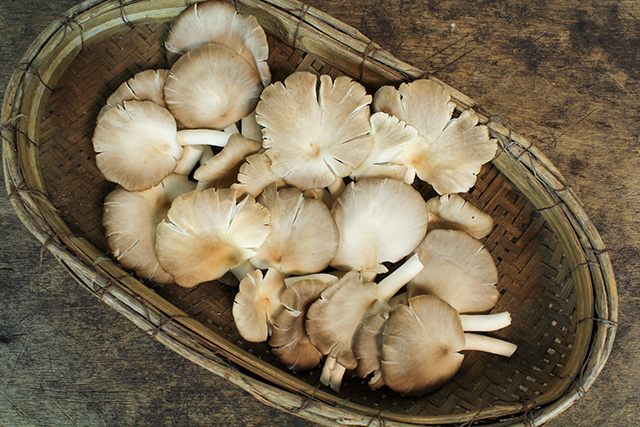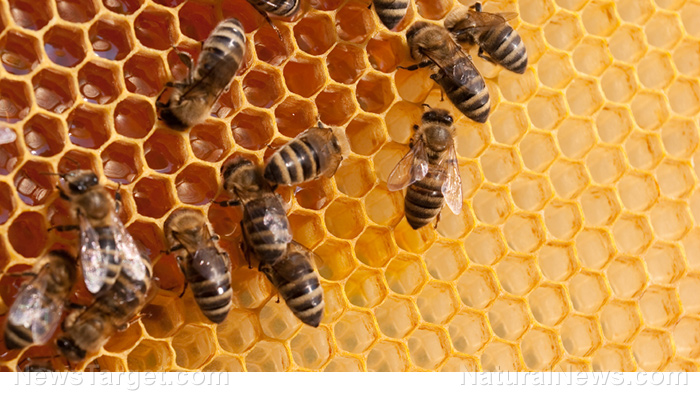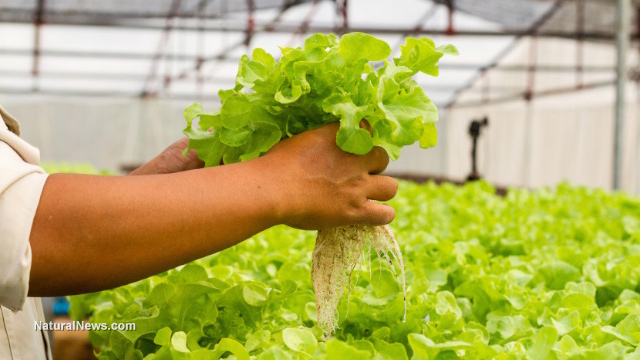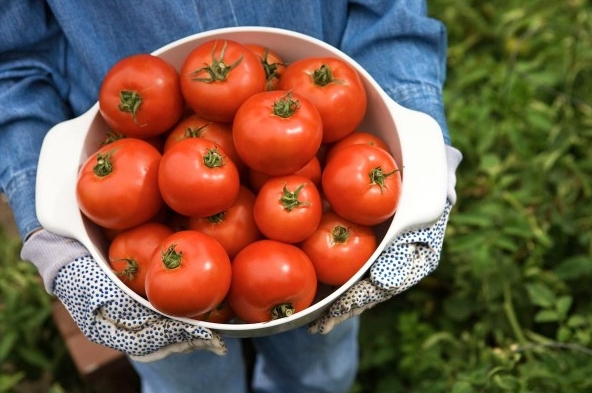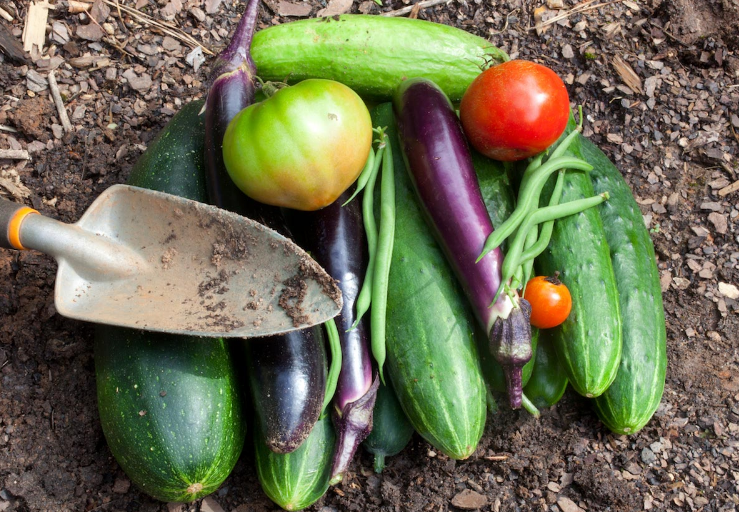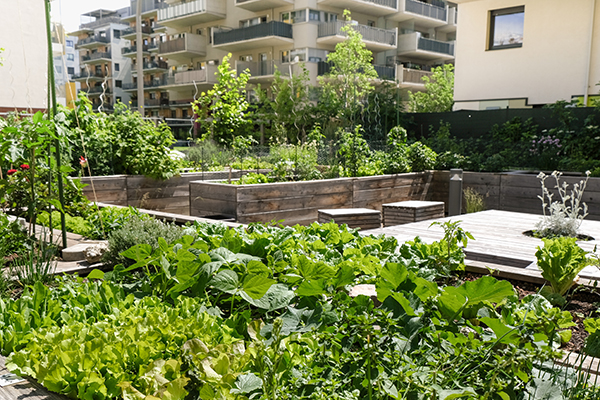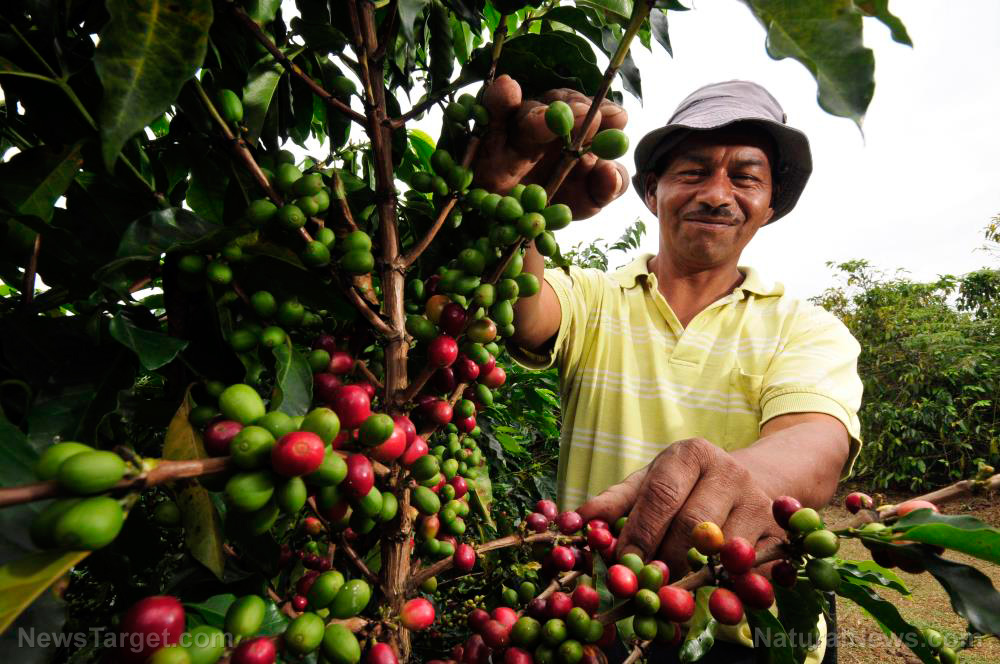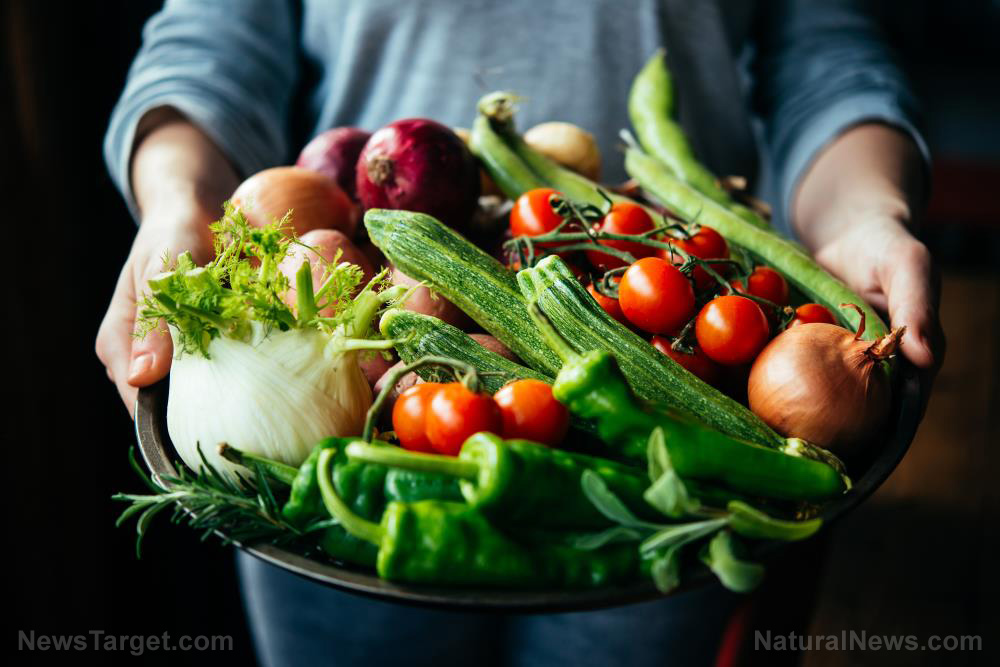Grassroots health revolution gains momentum as MAHA movement expands beyond RFK Jr.
04/29/2025 / By Willow Tohi
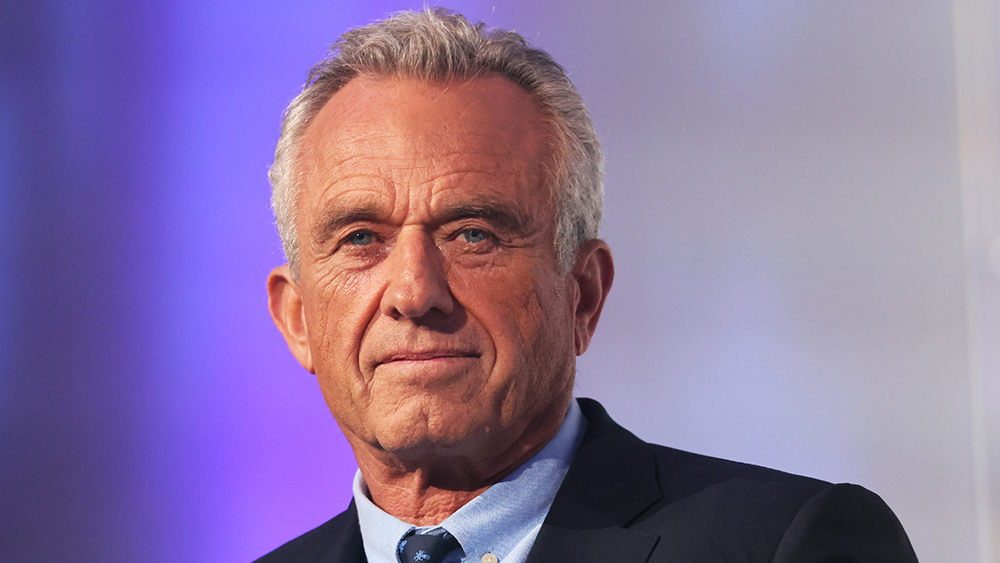
- The MAHA movement, initially tied to Robert F. Kennedy Jr.’s political campaign, has grown into a decentralized grassroots effort focused on food transparency, toxin-free living and reform of health agencies like the FDA. Local initiatives — such as community gardens and herbal remedy education — highlight its bottom-up approach.
- Kennedy’s tenure as HHS Secretary led to FDA actions like phasing out synthetic food dyes linked to health risks. However, concerns remain about corporate lobbying and industry-funded research influencing regulatory decisions.
- Advocates emphasize self-sufficiency, from victory gardens (e.g., Jacqueline Capriotti’s New Jersey alliance) to herbal medicine (e.g., Samantha Rayburn’s business). The movement frames health as a reclaiming of traditional practices abandoned for industrialized systems.
- The MAHA Action PAC, led by Del Bigtree, translates grassroots energy into policy, supporting candidates who prioritize health freedom, organic farming and vaccine transparency. The movement bridges partisan divides, uniting around “health libertarianism.”
- MAHA’s legacy hinges on sustained community action — not just federal reforms. Its ethos centers on informed choice, local resilience and dismantling corporate influence in health and food systems, as seen in state-level bans on pesticides and synthetic additives.
The “Make America Healthy Again” (MAHA) movement, once centered on Robert F. Kennedy Jr.’s presidential campaign, has evolved into a thriving grassroots revolution prioritizing food transparency, holistic health and systemic reform. Over two months after Kennedy’s confirmation as U.S. Secretary of Health and Human Services, advocates nationwide are driving localized initiatives, from victory gardens to legislative campaigns, signaling the movement’s enduring impact beyond partisan politics.
The MAHA movement, launched in 2024 amid Kennedy’s promise to overhaul America’s health priorities, now unites organic farmers, medical professionals and everyday families in a push to address rising chronic illnesses, corporate food industry influence and vaccine safety concerns. Kennedy’s FDA crackdown on synthetic dyes, announced in April 2025, represents a federal win for MAHA’s health agenda, but volunteers stress the movement’s grassroots core.
From campaign to community: MAHA’s local roots take hold
At the heart of MAHA lie localized efforts like Jacqueline Capriotti’s Victory Garden Alliance in New Jersey, which educates communities on food sovereignty. “This is about teaching our kids where food comes from,” Capriotti told yourNEWS. “We need healthier generations — MAHA is a health revolution built by the people.”
Similarly, Ohio mother Samantha Rayburn, who teaches herbal remedies through her business Hadassah’s Herbs, echoes this sentiment: “With how sick we are as a society, returning to basics is critical.” Rayburn, like many MAHA advocates, views the movement as a reclaiming of traditional health practices sidelined by industrialized food systems.
The shift toward local solutions became stark during the pandemic, as lockdowns severed global supply chains. “People realized change starts locally,” said Jeff Hutt of the MAHA Action PAC, highlighting state-level bans on artificial food dyes and pesticide pushes like California’s 2026 law phasing out chlorpyrifos.
Kennedy’s FDA sweeps away “toxic soup”
Kennedy’s FDA recently announced a 2026 phaseout of six synthetic dyes like Red No. 40 and Yellow No. 5, citing links to hyperactivity and allergies. The move aligns with MAHA’s broader focus on toxin-free food and healthcare. “These dyes offer no benefit but pose real risks,” Kennedy stated, referencing the NIH’s findings that 60% of U.S. children now suffer chronic illness.
Yet challenges persist. The FDA’s reliance on industry-funded research has drawn criticism, even within MAHA circles. “We need independent science,” said Capriotti, noting corporate lobbying’s historical sway. Meanwhile, food giants like Mars and PepsiCo face costly reforms, though FDA Commissioner Dr. Marty Makary pledged regulatory flexibility.
MAHA’s political muscle expands
The MAHA Action PAC is formalizing grassroot momentum into policy change. Launched by Kennedy’s former aide Del Bigtree, it tracks health bills nationwide and advocates for candidates embracing MAHA’s ethos — later school start times, transparency in vaccine data and organic farming subsidies.
“This isn’t about replacing doctors with herbs,” said Bigtree, emphasizing the PAC’s focus on “lifestyle-first” healthcare. “Drugs should be the last resort.”
Political alliances remain fluid: Kennedy’s victory hinged on mobilizing what Sayer Ji of Stand for Health Freedom calls the “awakening majority” — a coalition bridging liberals, conservatives and independents united by health libertarianism. “MAHA is no longer a niche issue,” Ji said. “People now demand their right to informed choice.”
The MAHA movement’s enduring legacy
With Kennedy’s mandate to reshape federal health agencies, MAHA’s influence ripples beyond food policy. His proposed overhaul of the CDC and NIH aims to dismantle corporate ties, while initiatives like his Autism Health Summit prioritize holistic treatments over pharmaceutical solutions.
Yet sustainability hinges on community-driven action. “This movement’s strength is personal empowerment,” Ji noted, citing victory gardens, natural healing circles and state-level bills as proof of MAHA’s decentralized power.
As debates over synthetic dyes and vaccine mandates intensify, the MAHA blueprint — rooted in localism, transparency and tradition — offers a radical yet growing vision for American health. “MAHA isn’t just RFK’s dream,” said Rayburn. “It’s millions of families saying: We’re done trading our health for convenience.”
A health revolution forged in community
The Make America Healthy Again movement has transcended its founder, proving that systemic change begins at the kitchen table and in the garden patch. As states ban toxic dyes and families rediscover herbal remedies, MAHA’s enduring promise lies not in political figures — but in the collective demand for a healthier world, one informed choice at a time.
Sources for this article include:
Submit a correction >>
Tagged Under:
awakening, big government, Censored Science, FDA, food freedom, food safety, food supply, health freedom, MAHA, natural health, natural medicine, progress, RFK Jr, transparency, Trump, vaccine wars, vaccines
This article may contain statements that reflect the opinion of the author
RECENT NEWS & ARTICLES
OrganicFarming.News is a fact-based public education website published by Organic Farming News Features, LLC.
All content copyright © 2018 by Organic Farming News Features, LLC.
Contact Us with Tips or Corrections
All trademarks, registered trademarks and servicemarks mentioned on this site are the property of their respective owners.

